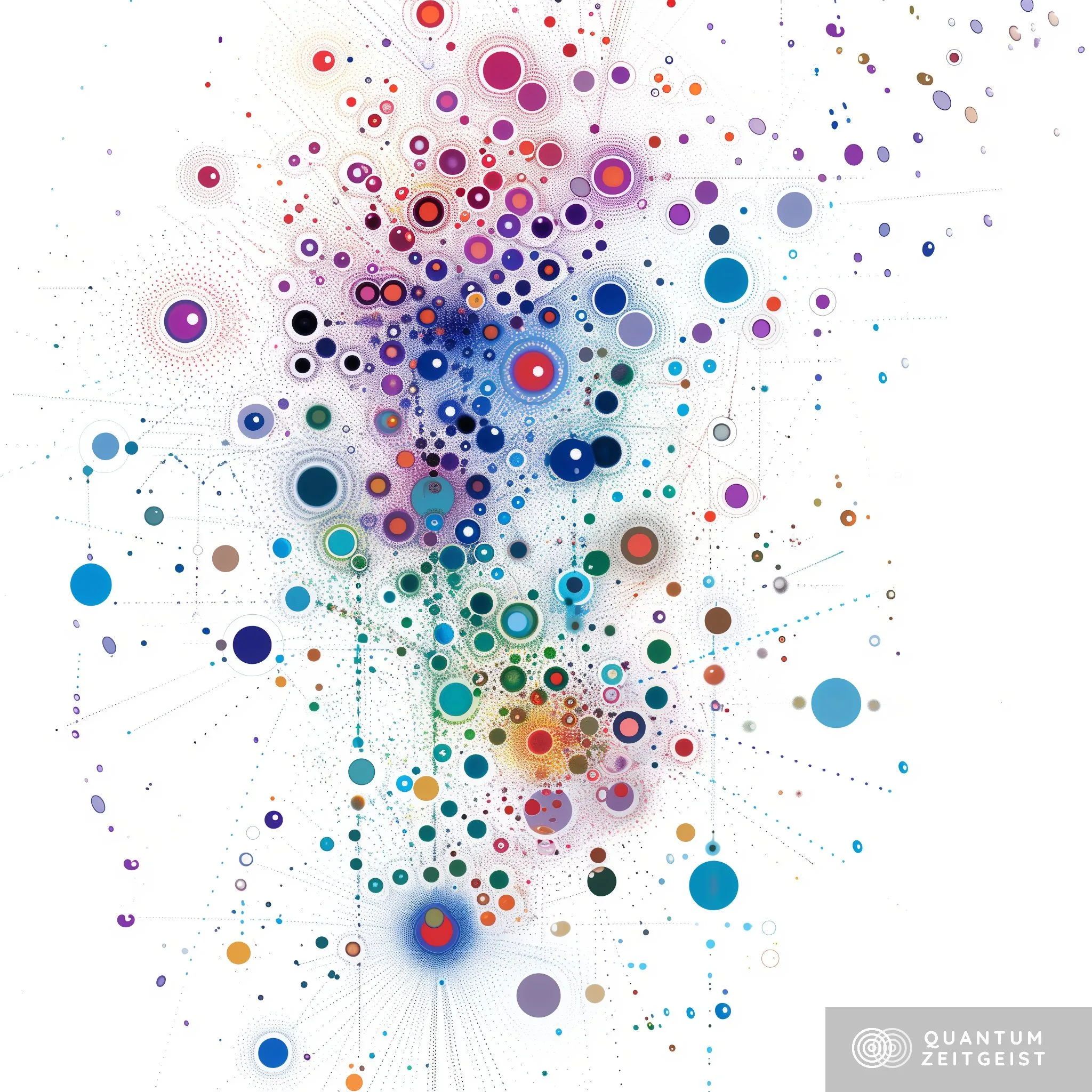Quantum Machine Learning (QML) applies quantum computation to machine learning tasks, potentially offering a quantum advantage over classical methods. A new quantum k-nearest neighbors (kNN) algorithm based on Euclidean distance has been proposed, characterized by a low qubit requirement and a simple quantum circuit.
The algorithm was tested using Qiskit and showed promising results in terms of classification accuracy and correctness. However, the number of qubits required for real-world quantum machine implementation remains a challenge. As quantum computing technology advances, the performance and applicability of such algorithms are expected to improve, making QML a promising field of research.
What is Quantum Machine Learning and its Significance?
Quantum Machine Learning (QML) is a recent and popular field of scientific investigation within the realm of quantum computing. It involves the application of quantum computation to machine learning (ML) tasks, offering solutions that theoretically have a quantum advantage over their classical counterparts. QML is seen as a promising way to utilize existing prototypes of quantum computers to tackle real-world problems.
A common practical approach in QML involves executing quantum algorithms as subroutines of more complex learning schemes. In these schemes, a quantum machine is used as a coprocessor within a hybrid architecture. This approach presents an interesting alternative to the development of quantum algorithms that fully accomplish ML tasks under the strong assumptions of ideality and universality of the quantum hardware.
Over the last decade, several intriguing QML algorithms have been proposed and characterized from a theoretical viewpoint. Some have also been empirically tested. Notable examples include the quantum SVM proposed by Rebentrost et al. (2014), distance-based classifiers like the one defined by Schuld et al. (2017), and quantum neural networks whose performance has been discussed by Abbas et al. (2021).
What is the k-Nearest Neighbors Algorithm and its Quantum Variants?
The k-nearest neighbors (kNN) algorithm is a basic machine learning (ML) algorithm. It is a simple and widely used classification algorithm that assigns a label to an unclassified data instance according to the labels of the k-nearest training instances. To do this, a suitable reference distance in the space in which the data are represented must be selected. In the classical realm, typical choices are the Hamming distance and the Euclidean distance.
Several quantum versions of the kNN algorithm have been proposed. However, in the quantum realm, the Euclidean distance has not received much consideration. This article introduces a novel quantum kNN algorithm based on the Euclidean distance. The algorithm is characterized by a quantum encoding requiring a low number of qubits and a simple quantum circuit not involving oracles, aspects that favor its realization.
How is the Quantum kNN Algorithm Based on Euclidean Distance Implemented?
The quantum kNN algorithm based on the Euclidean distance is implemented using a novel quantum encoding with low qubit requirements and a simple quantum circuit. This makes the implementation particularly advantageous. Like other algorithms involving the quantum computation of the Euclidean distance, an exponential speedup over a classical calculation can be obtained, assuming the availability of a quantum random-access memory (QRAM) for data retrieval.
The algorithm has been implemented using Qiskit and run with three different execution modalities: classical, statevector, and simulation. The empirical evaluation on a real quantum machine was prevented by the number of qubits required by the considered experiments.
What are the Results and Implications of the Quantum kNN Algorithm Based on Euclidean Distance?
The performance of the proposed quantum kNN algorithm was analyzed in terms of classification accuracy and correctness of the nearest neighbors found, evaluated through the Jaccard index. The results showed the correctness of the formulation, a drop in the performance of the algorithm when the number of measurements is limited, the competitiveness with respect to some classical baseline methods in the ideal case, and the possibility of improving the performance by increasing the number of measurements.
These findings suggest that the quantum kNN algorithm based on the Euclidean distance could be a valuable tool in the field of quantum machine learning. However, further research and development are needed to overcome the limitations related to the number of qubits required for real-world quantum machine implementation.
What is the Future of Quantum Machine Learning?
The development and testing of quantum machine learning algorithms, such as the quantum kNN algorithm based on the Euclidean distance, are crucial steps towards the practical application of quantum computing in real-world problems. As quantum computing technology continues to advance, it is expected that the performance and applicability of these algorithms will improve.
However, the field of quantum machine learning also faces significant challenges. These include the need for quantum hardware that can support the high number of qubits required by complex algorithms, and the development of quantum algorithms that can fully accomplish machine learning tasks under the strong assumptions of ideality and universality of the quantum hardware.
Despite these challenges, the potential benefits of quantum machine learning, such as the ability to process large amounts of data at unprecedented speeds, make it a promising field of research. As such, it is expected to continue attracting significant scientific and commercial interest in the coming years.
Publication details: “A quantum k-nearest neighbors algorithm based on the Euclidean distance estimation”
Publication Date: 2024-04-23
Authors: Enrico Zardini, Enrico Blanzieri and Davide Pastorello
Source: Quantum Machine Intelligence/Quantum machine intelligence
DOI: https://doi.org/10.1007/s42484-024-00155-2

